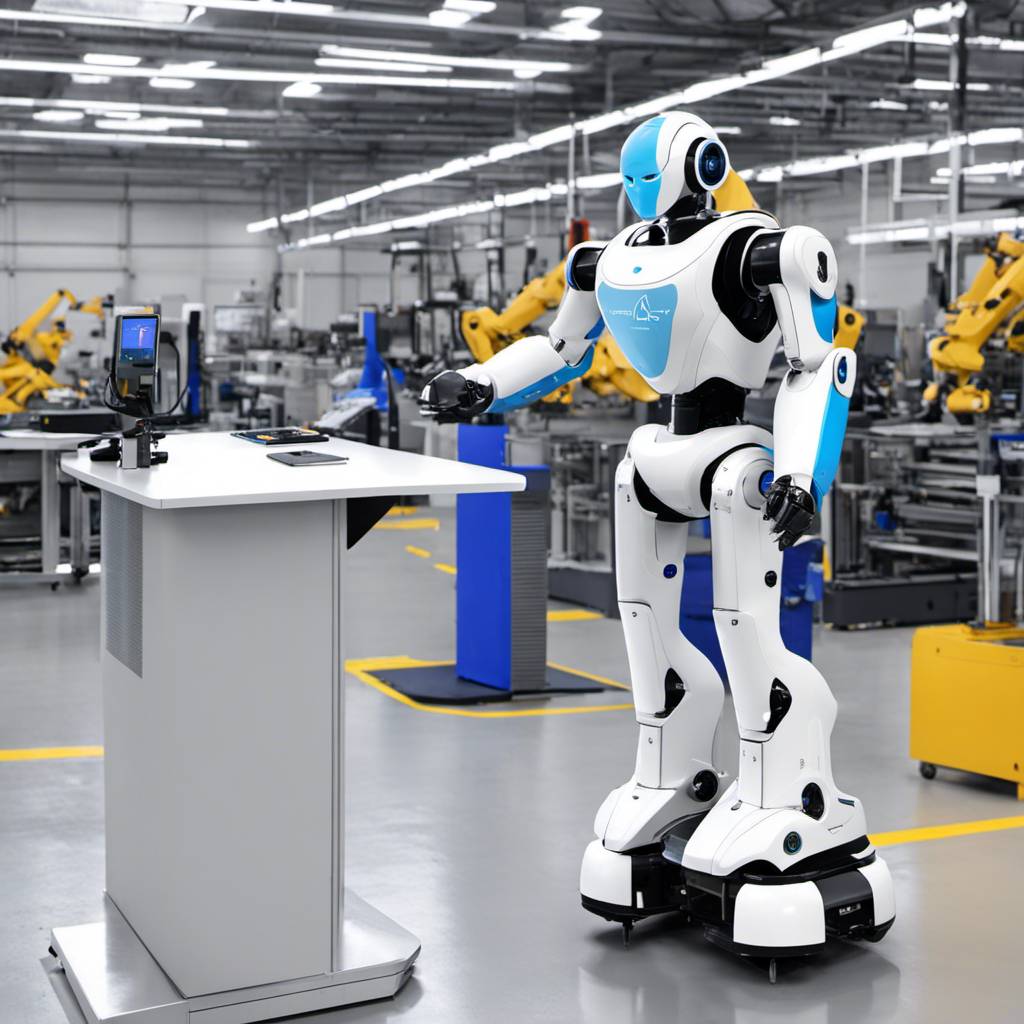In a world where the lines between science fiction and reality are becoming increasingly blurred, Agility Robotics is making a bold move. The company recently announced its plans to ramp up production of its bipedal humanoid robots to an impressive 10,000 units per year. This move is a significant step forward in the field of robotics and stands as a testament to the rapid advancements in electronics, computers, and programming languages that have made such technology possible.
Agility Robotics, based in Salem, Oregon, is preparing to open its 70,000-square-foot manufacturing facility, aptly named “RoboFab”. This space will serve as the birthplace of the company’s innovative bipedal robot, Digit. This announcement comes at a time when the robotics industry is experiencing unprecedented growth and innovation, largely driven by advancements in coding and other related technologies.
The decision to mass-produce these robots signifies a major milestone for Agility Robotics and the industry as a whole. According to Damion Shelton, co-founder and CEO of Agility Robotics, “When you’re building new technology to improve society, the most important milestone is when you’re able to mass produce that technology at a scale where it can have a real, widespread impact”. The mass production of Digit robots will undoubtedly have a far-reaching impact on various sectors, from healthcare and logistics to home automation and beyond.
In response to Agility Robotics’ announcement, Fourier Intelligence, a company specializing in exoskeleton and rehabilitation robots, released a video showcasing its GR-1 humanoid robot and production facilities. This move by Fourier Intelligence underscores the increasing competition in the robotics industry and the race to bring these futuristic technologies to the masses.
The Digit robot by Agility Robotics is a marvel of modern engineering. It’s designed to navigate complex environments with ease, making it highly versatile and adaptable. This makes it ideal for a range of applications across different industries. With the planned mass production, the company aims to make this technology more accessible and affordable, ultimately driving widespread adoption.
The development and manufacturing of the Digit robot is a testament to the power of electronics, computers, and programming languages. The complex coding involved in creating such a robot is a clear indication of the advancements in these fields. This is a significant leap forward in the world of robotics, and it sets a new standard for what is possible.
The mass production of humanoid robots like Digit will revolutionize various sectors. For example, in healthcare, these robots can assist with patient care, perform tasks that are dangerous for humans, or even provide companionship for those in need. In logistics, they can help with inventory management, packaging, and delivery, reducing the need for human labor and minimizing errors.
In conclusion, Agility Robotics’ announcement to mass produce 10,000 bipedal humanoid robots annually is a significant step forward in the robotics industry. It’s a clear indication of the advancements made in electronics, computers, and programming languages that have made such an ambitious project possible. As we move into the future, we can expect to see more of these incredible machines becoming an integral part of our daily lives. The future of robotics is here, and it’s exciting to see where it will take us next.
